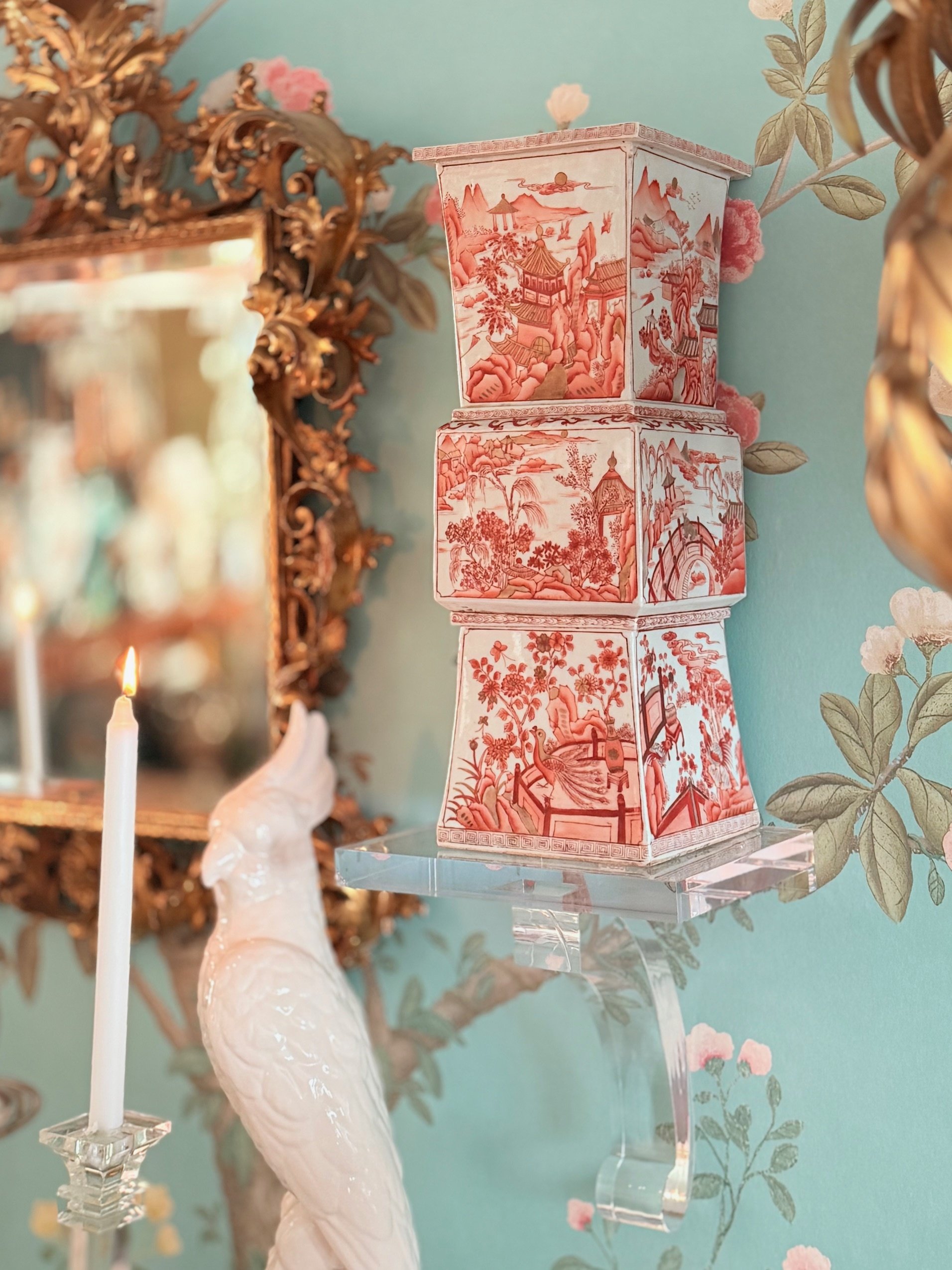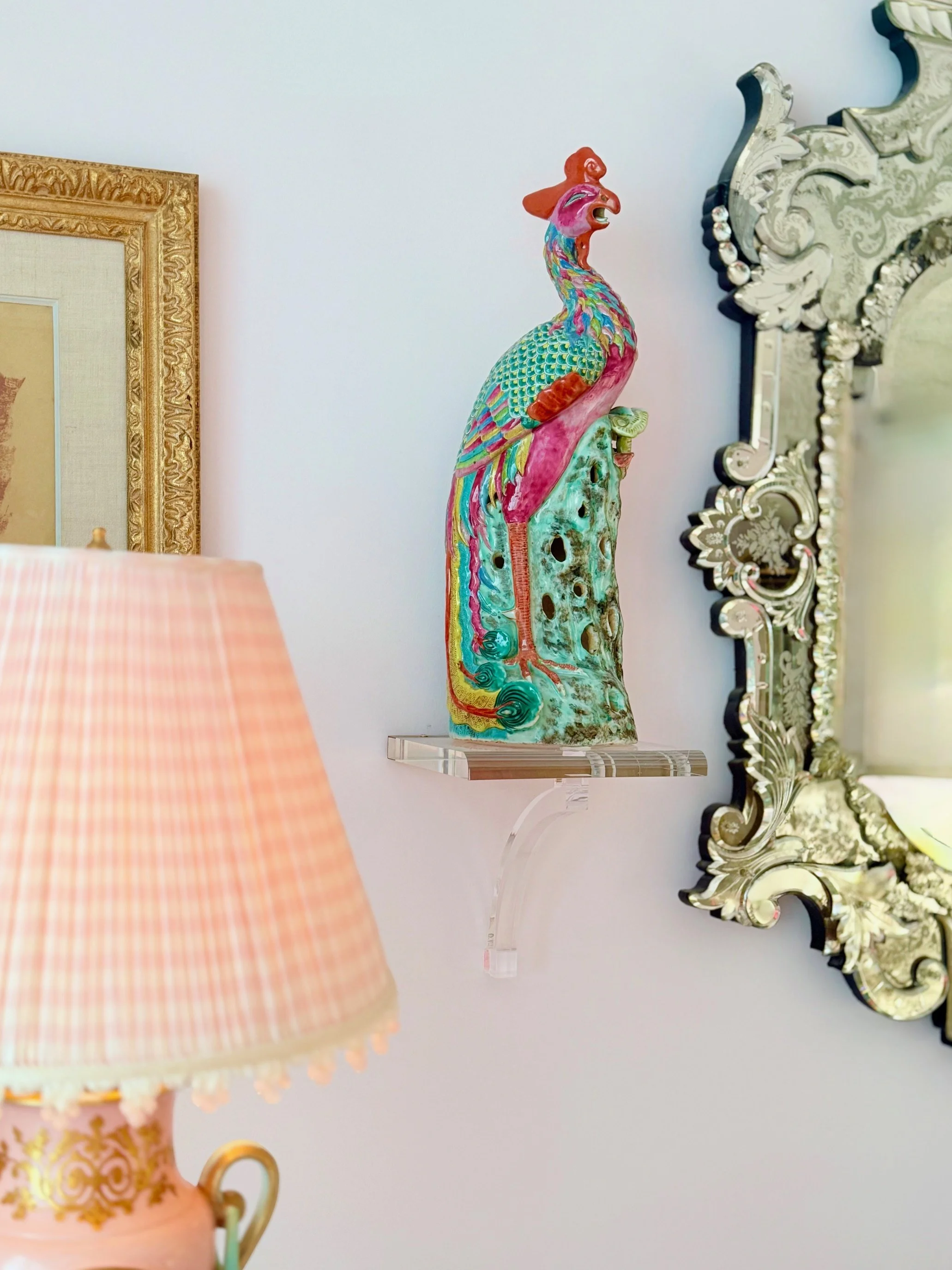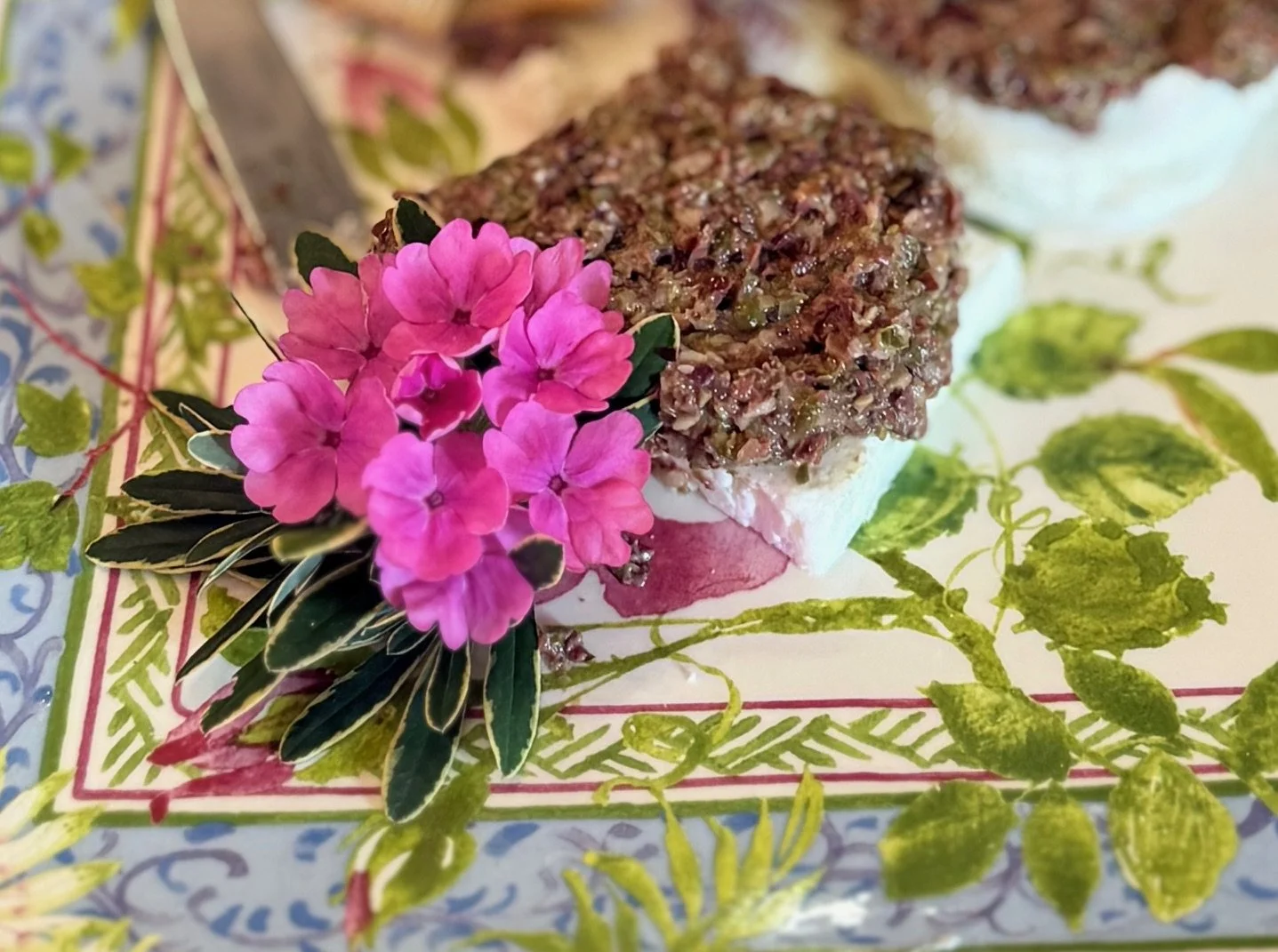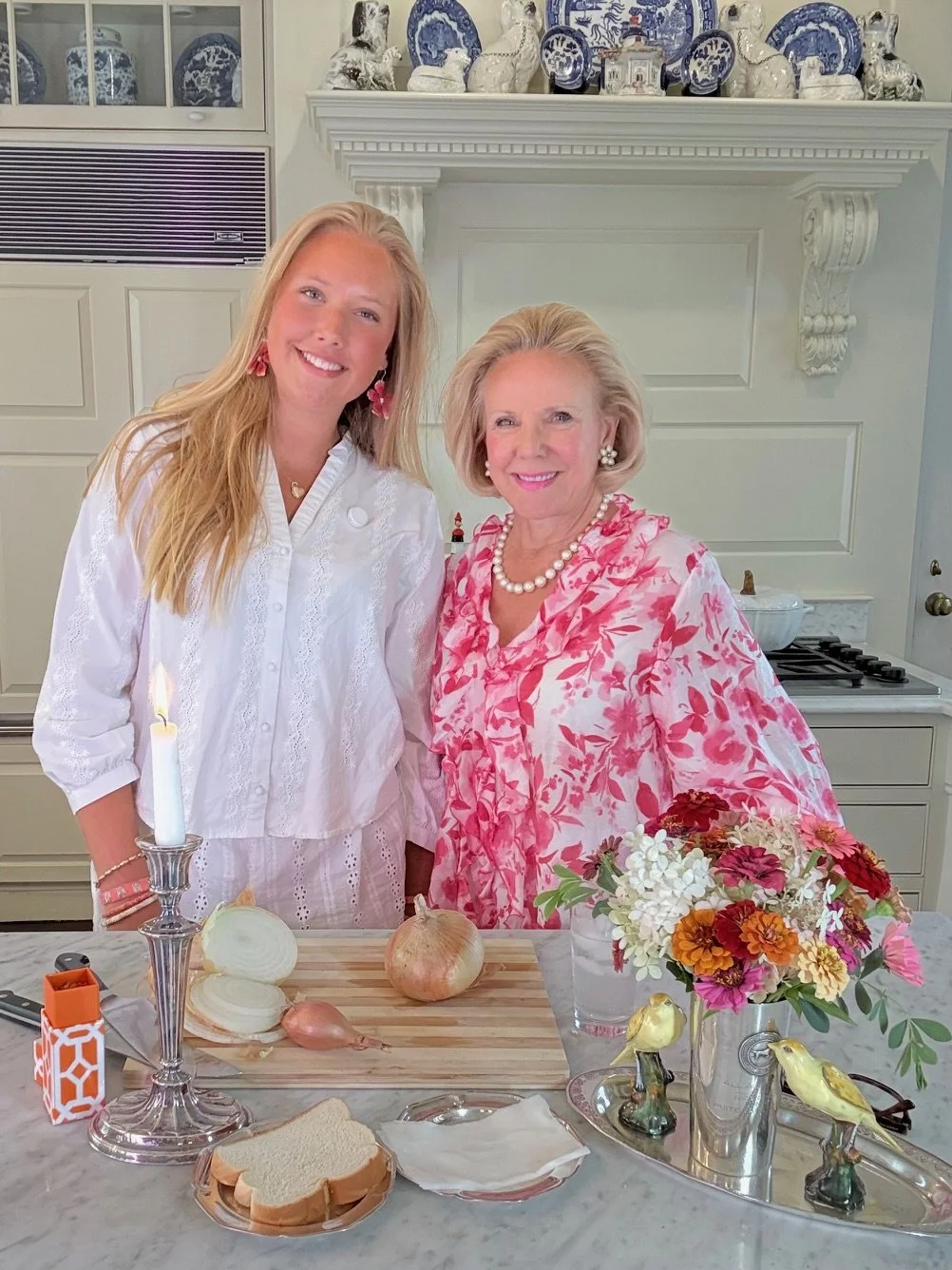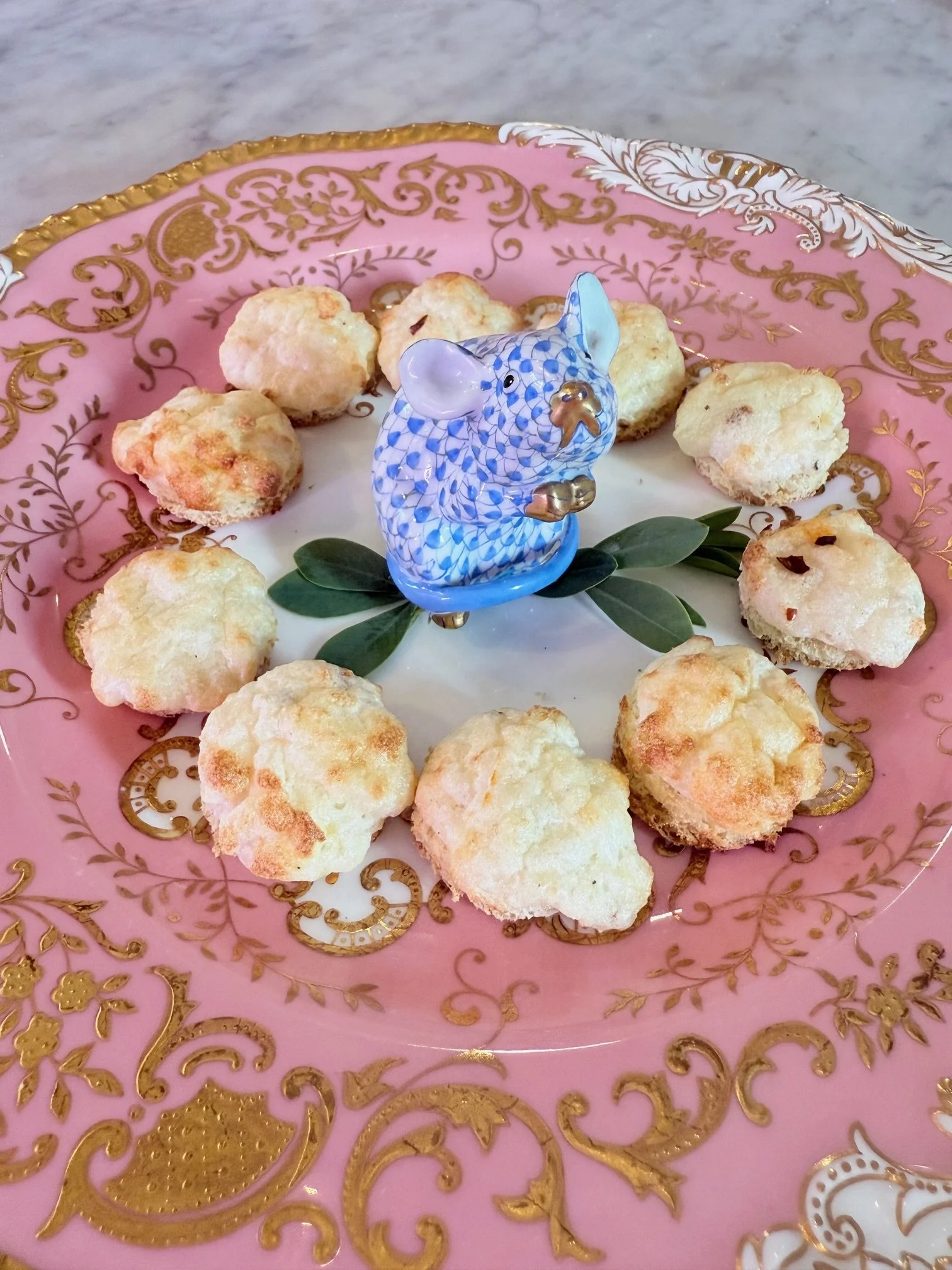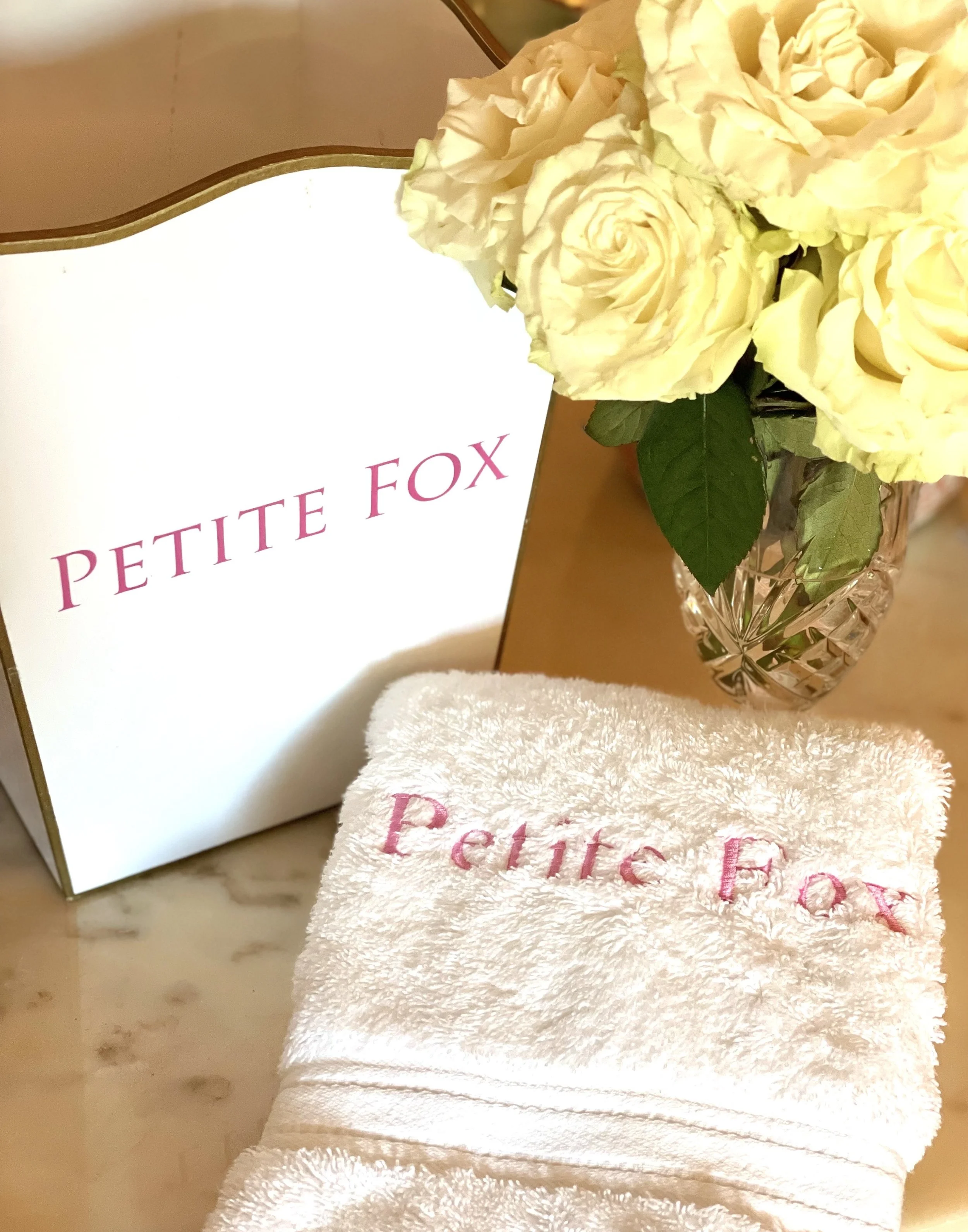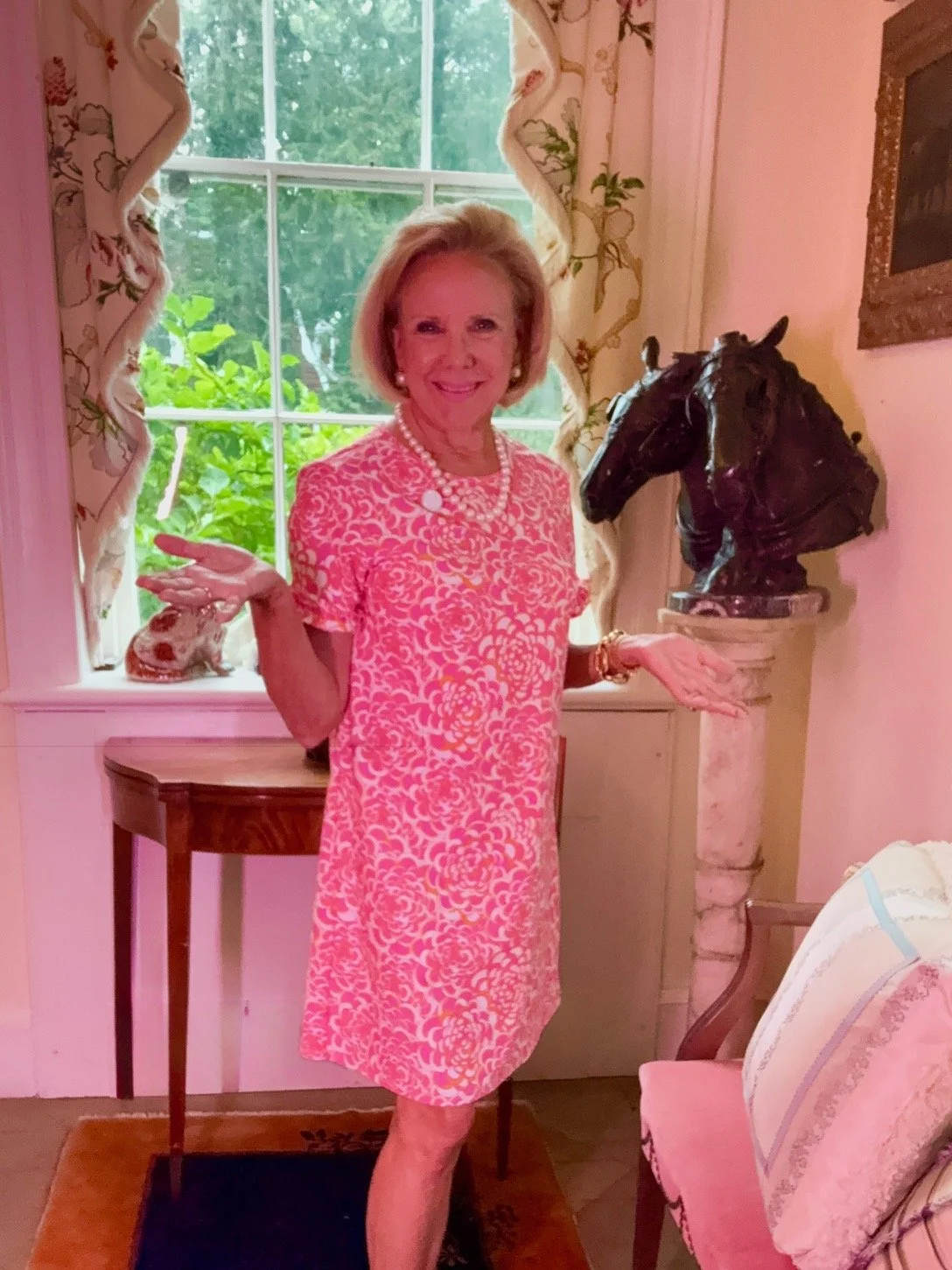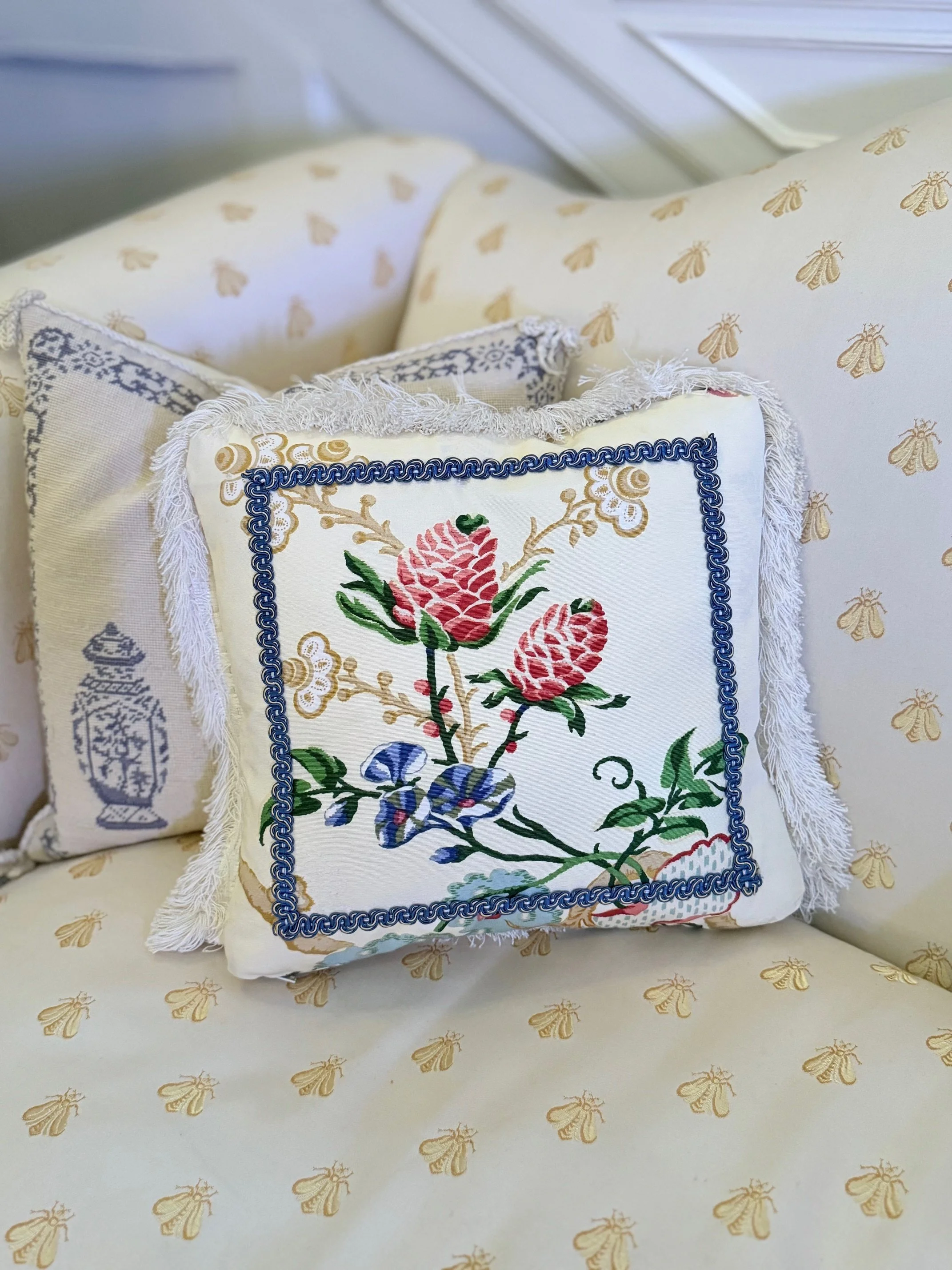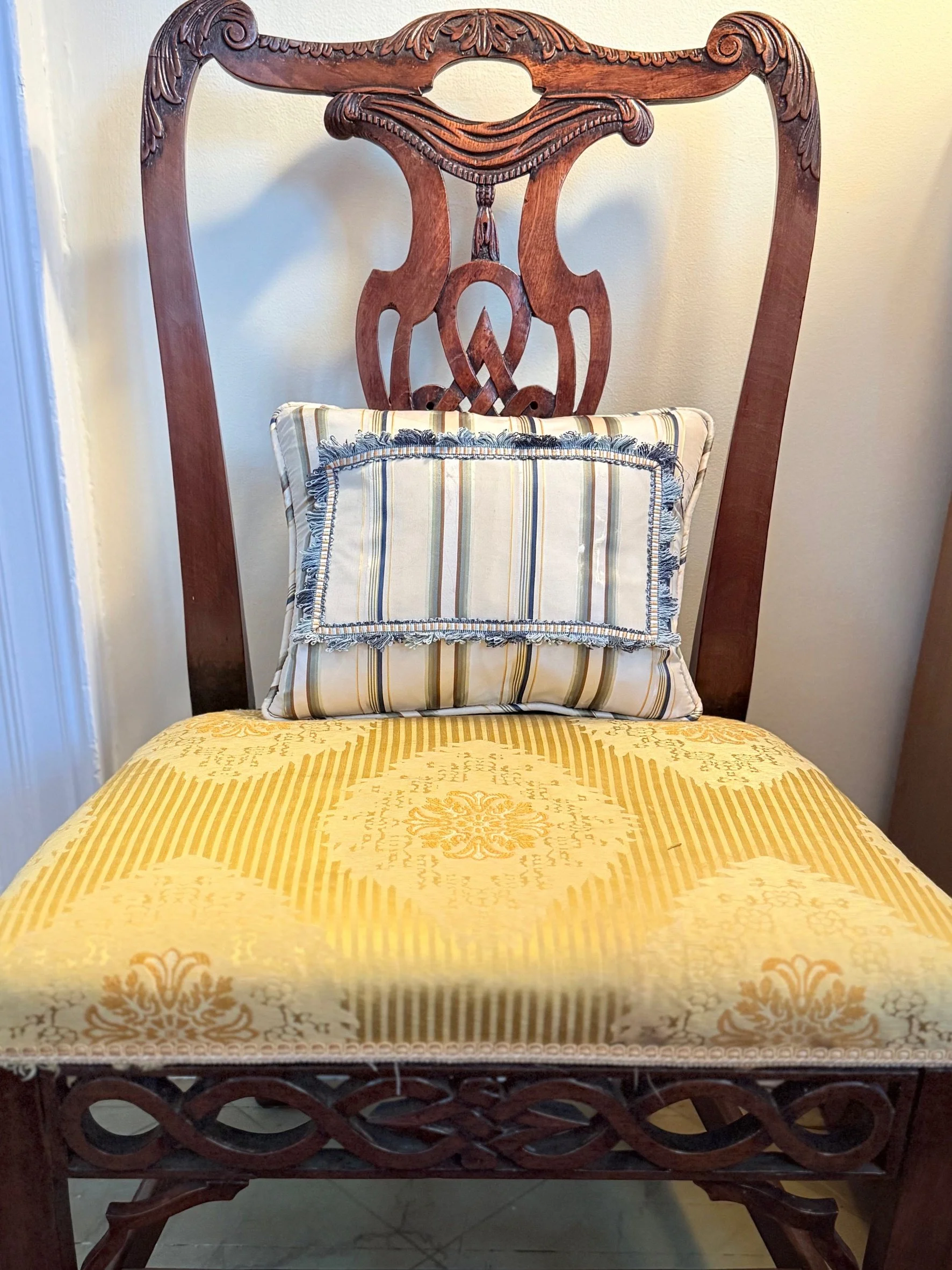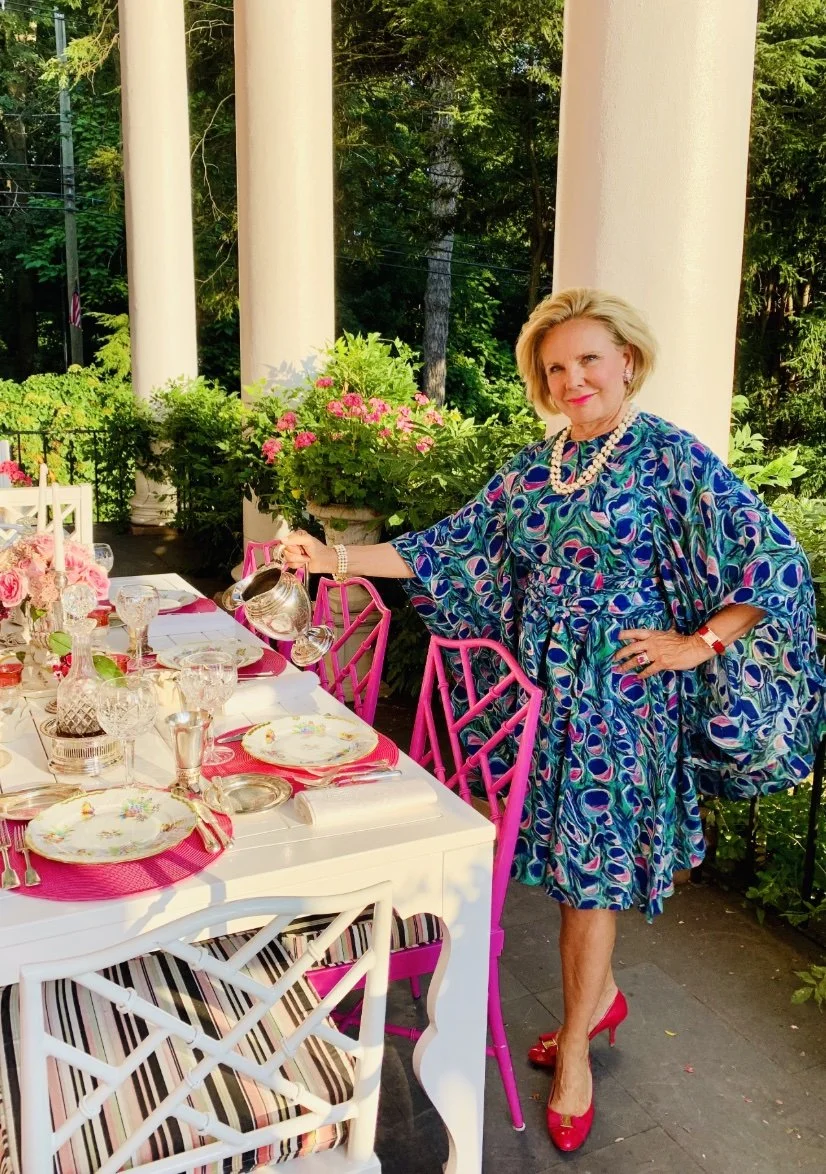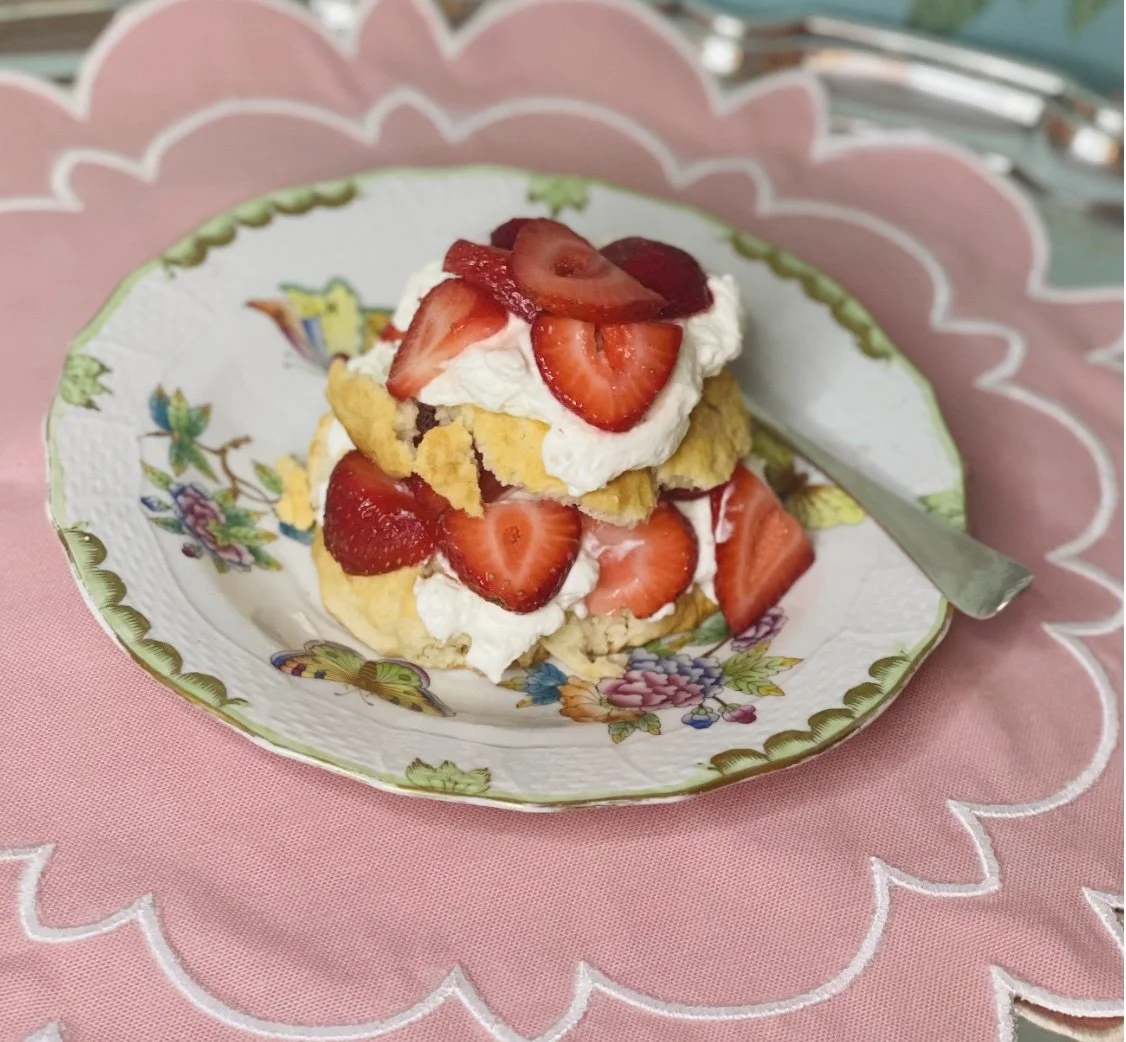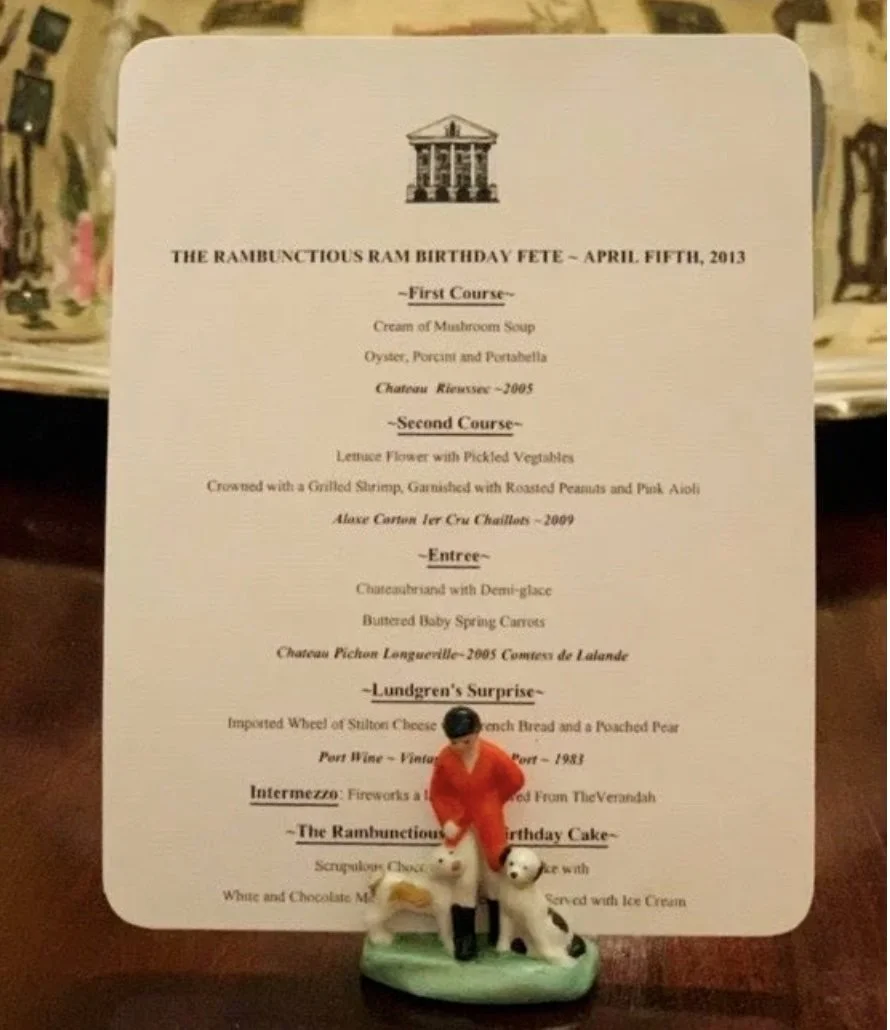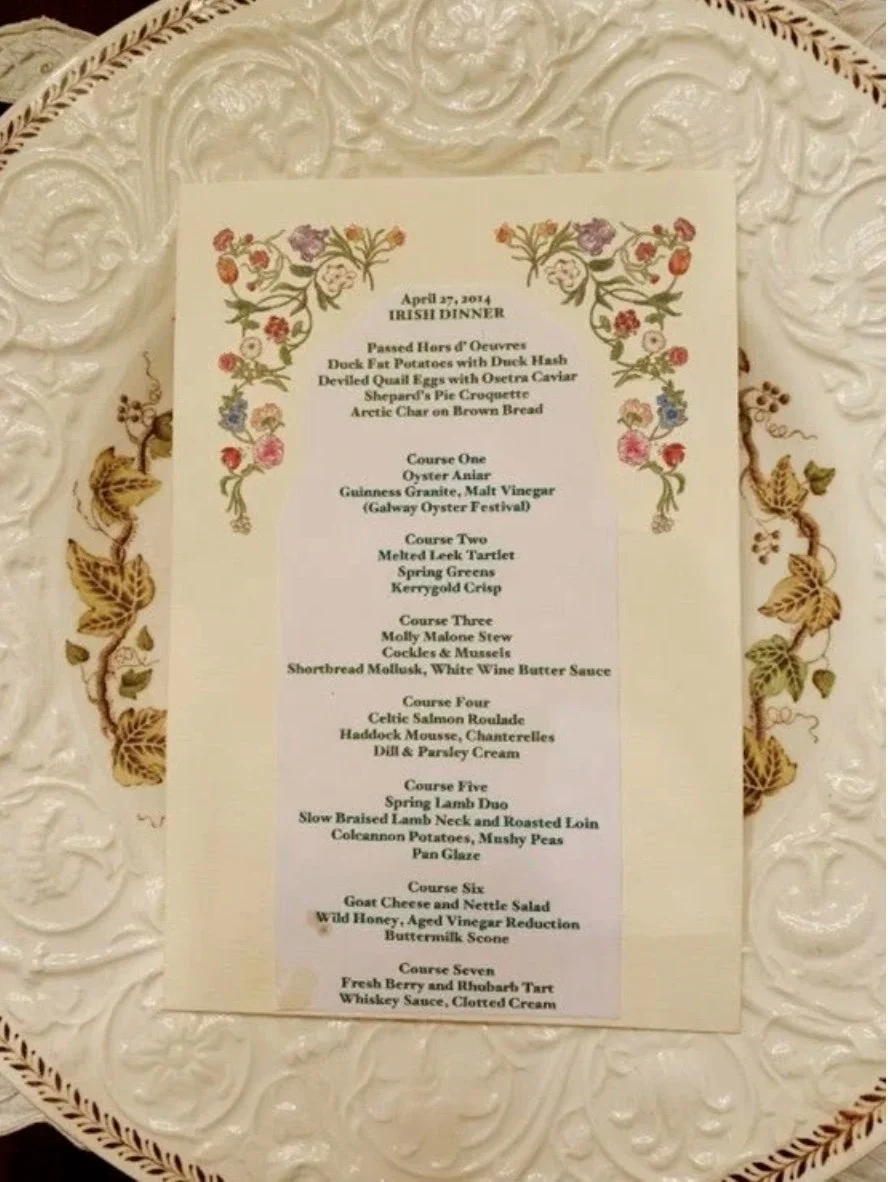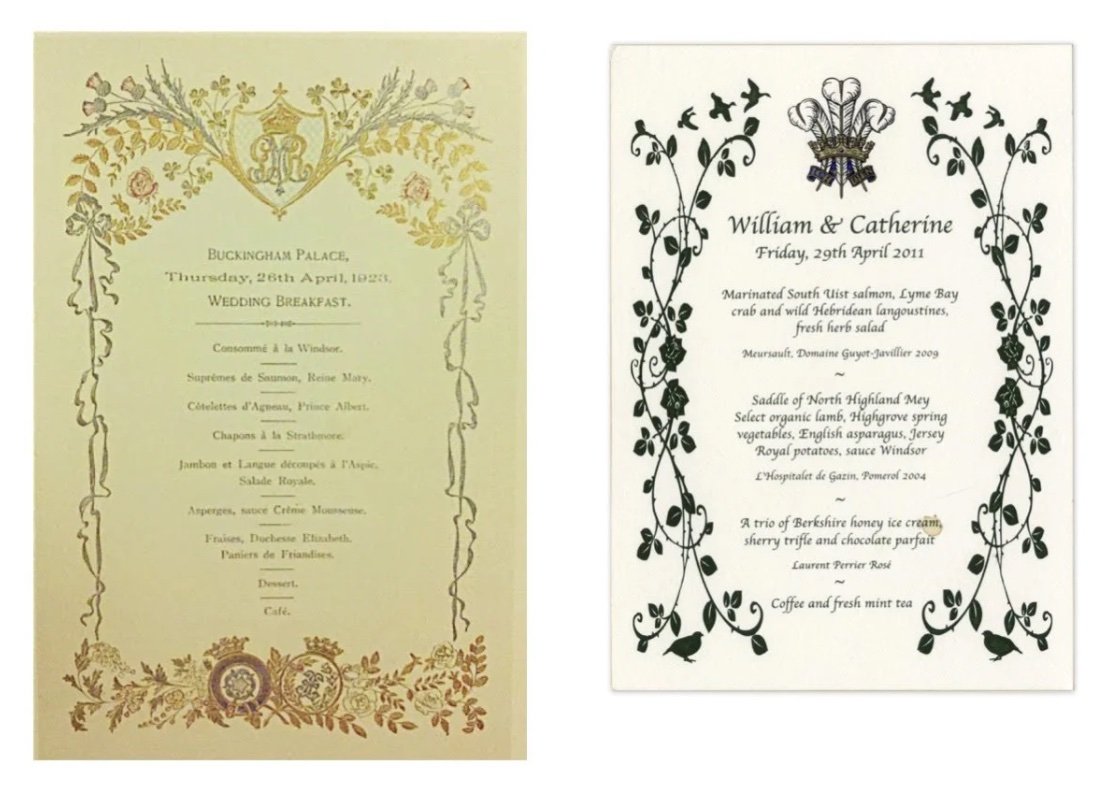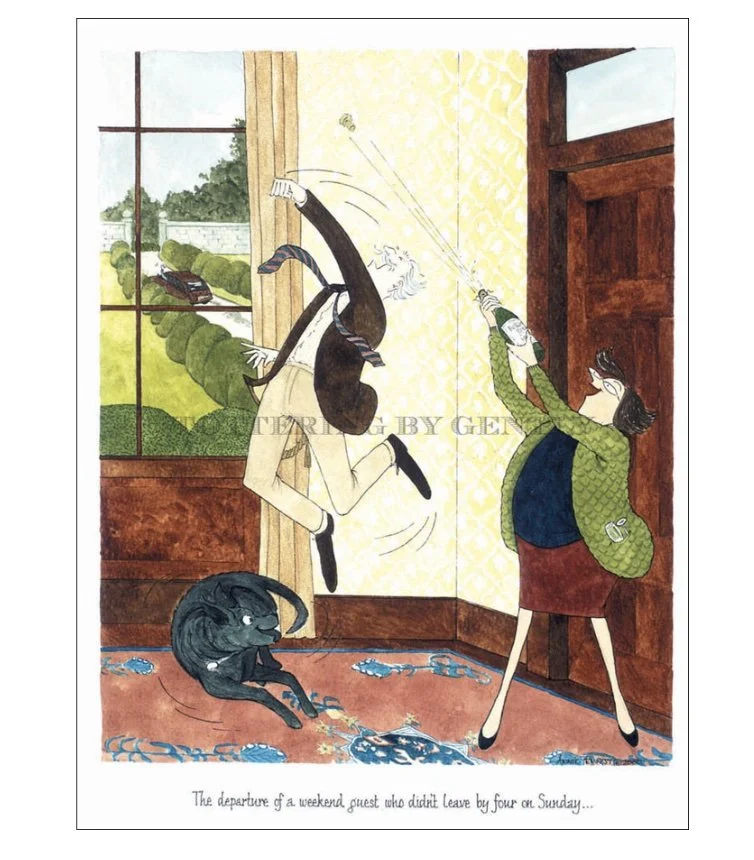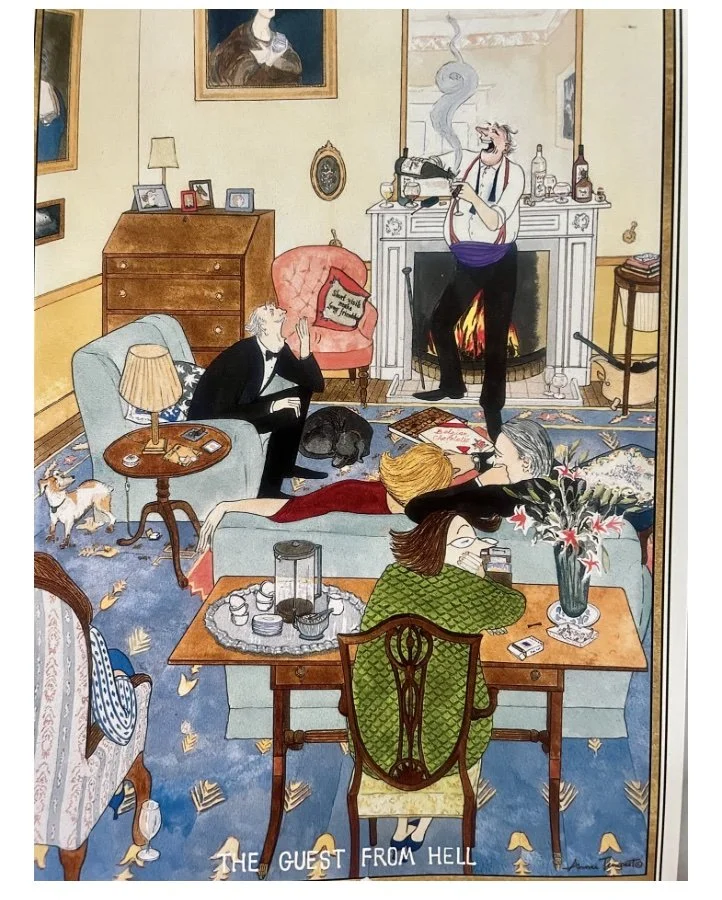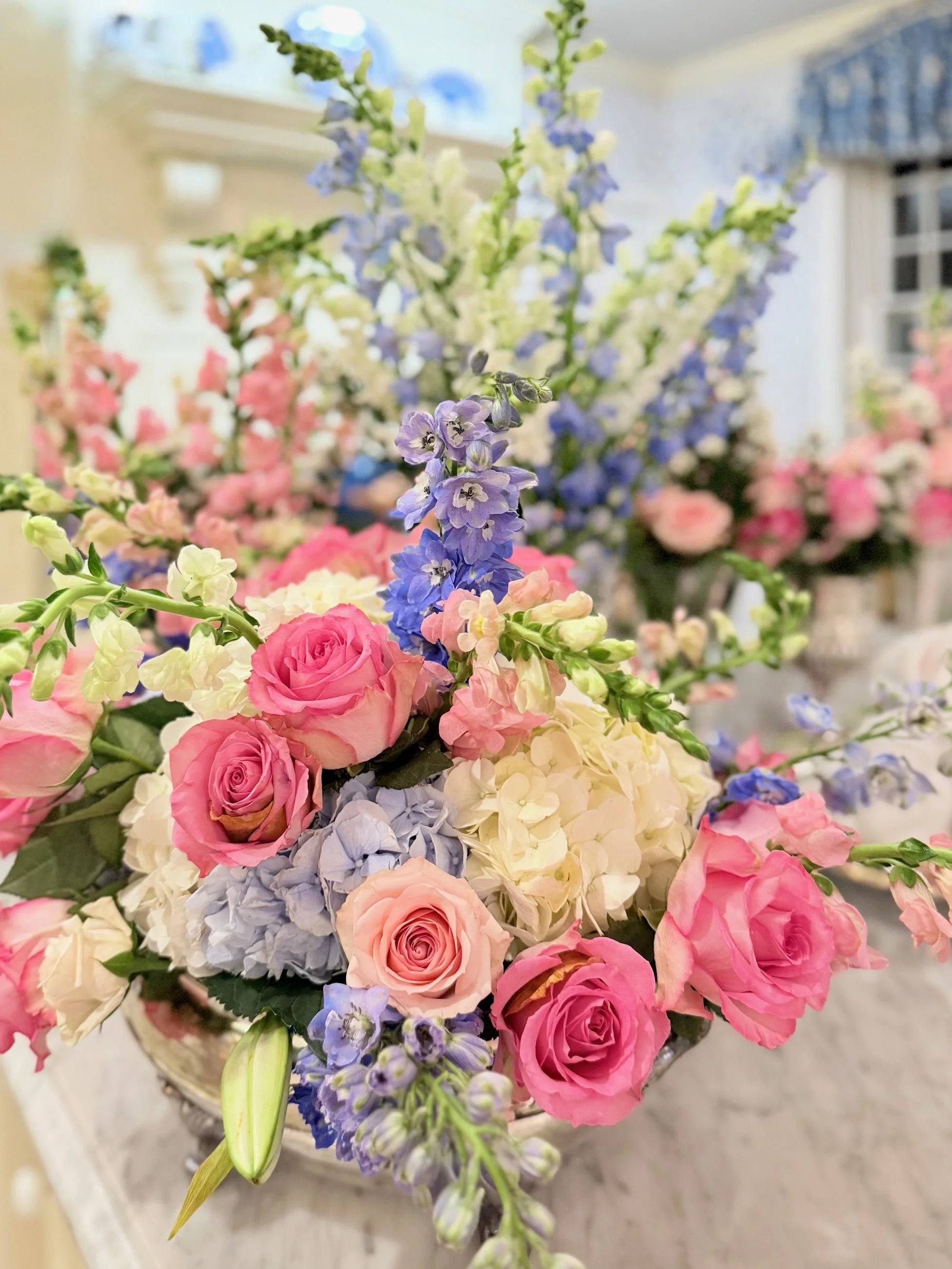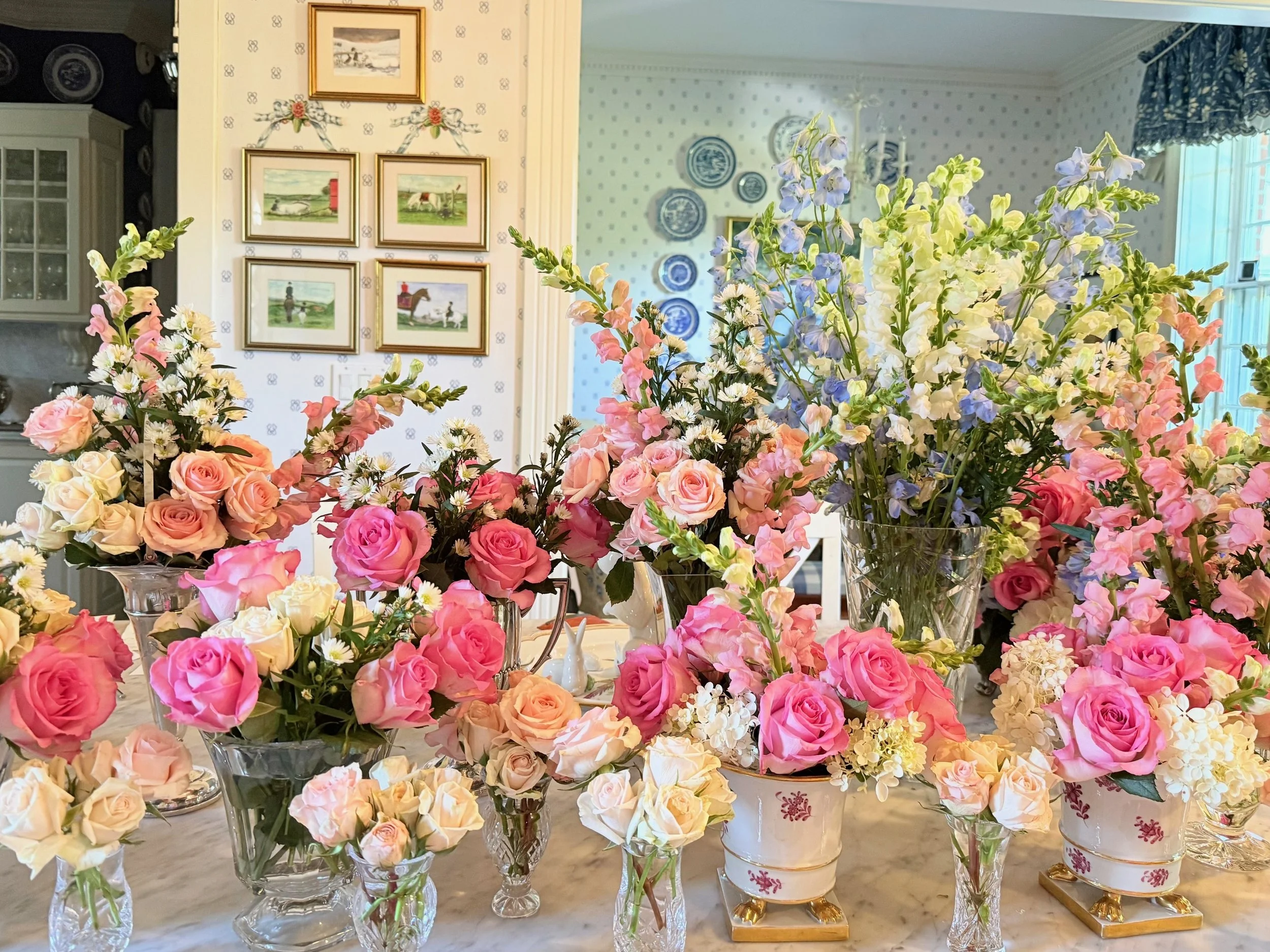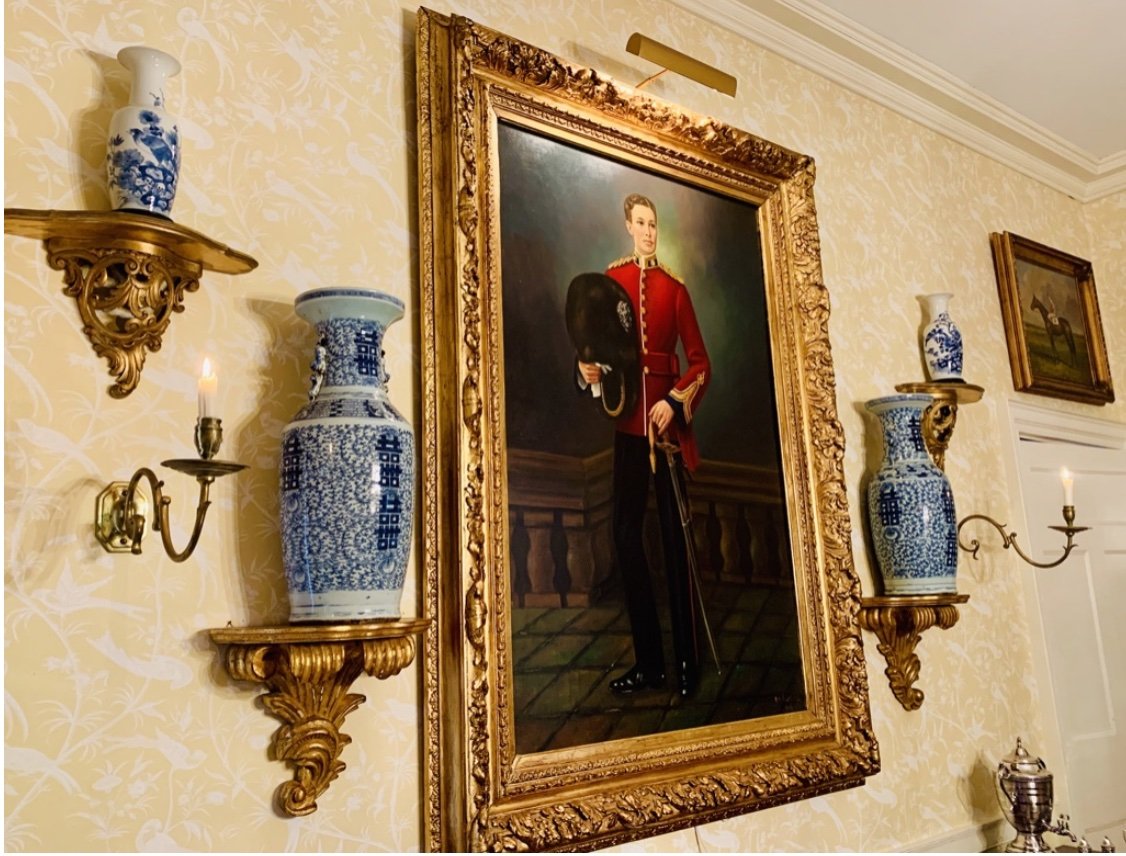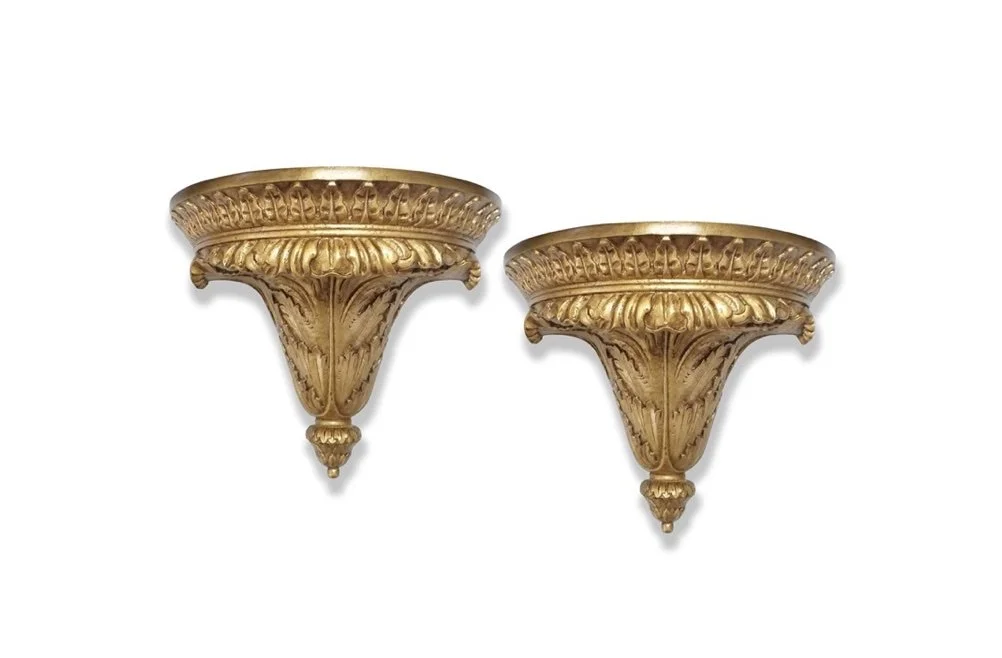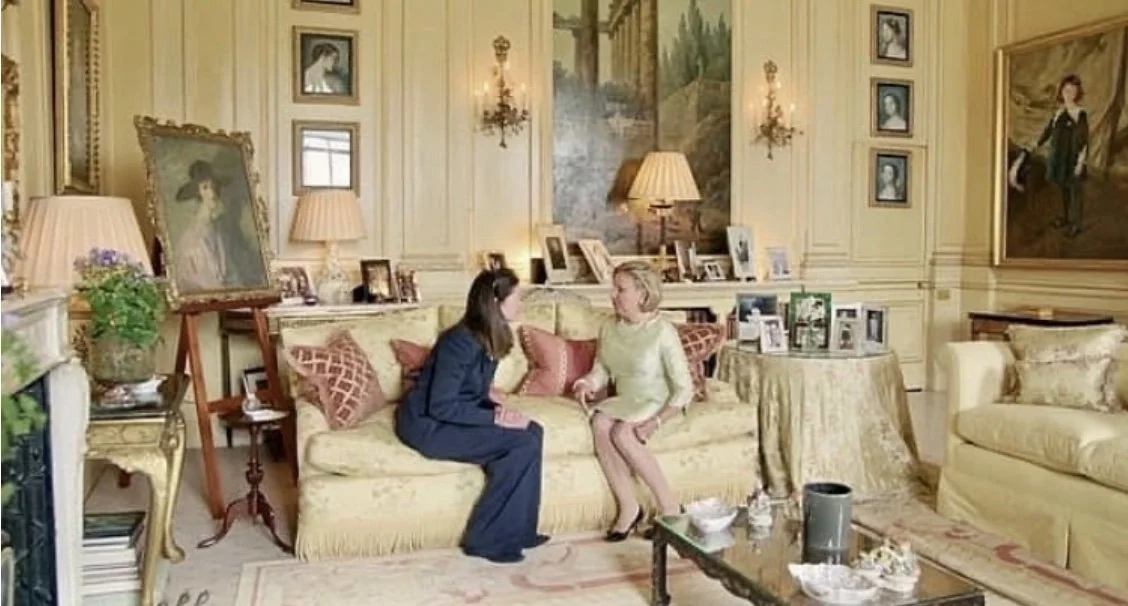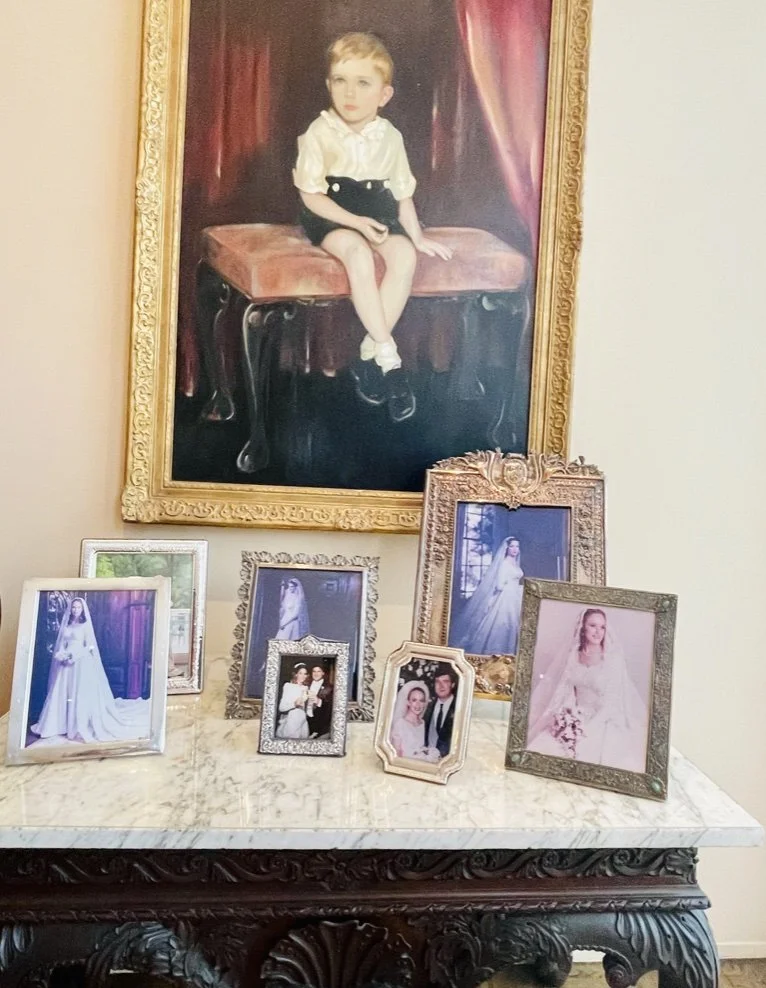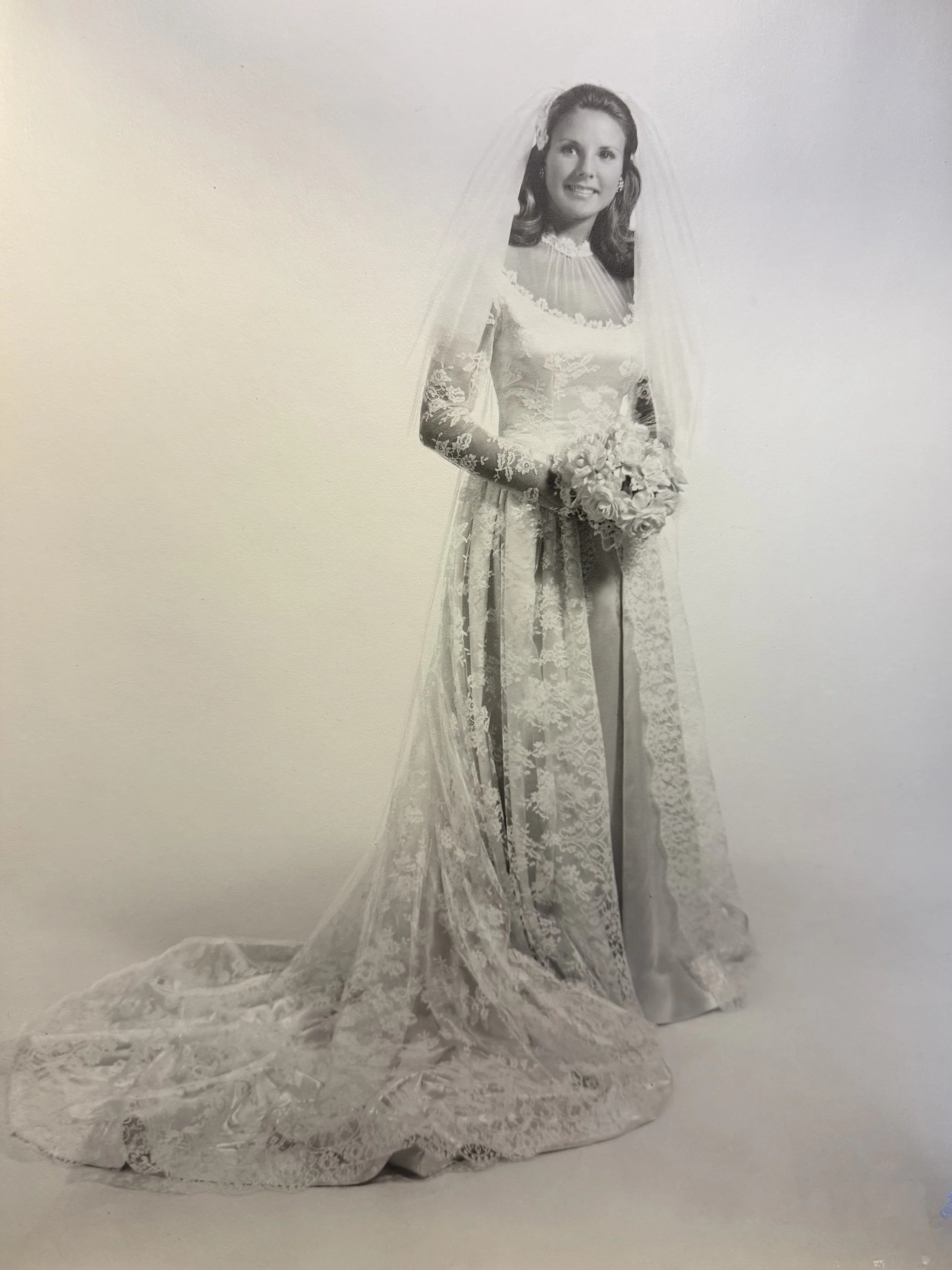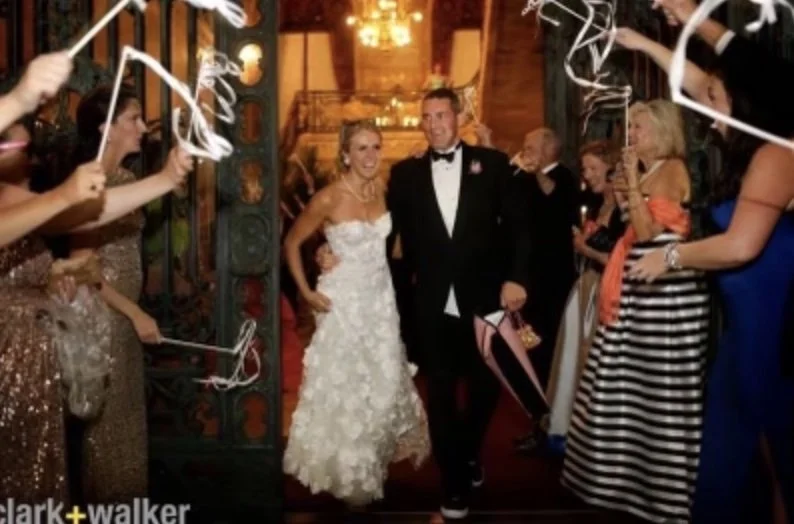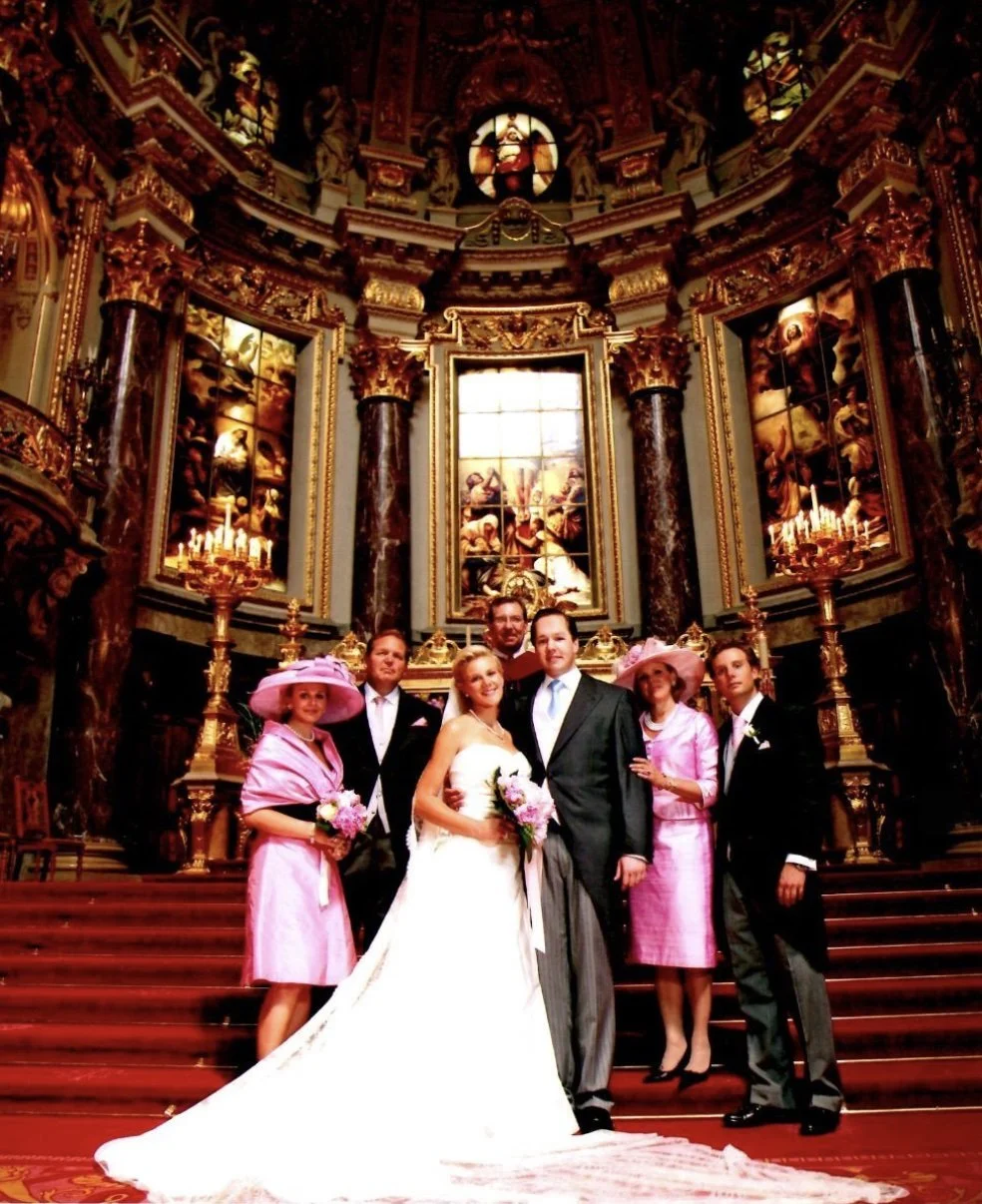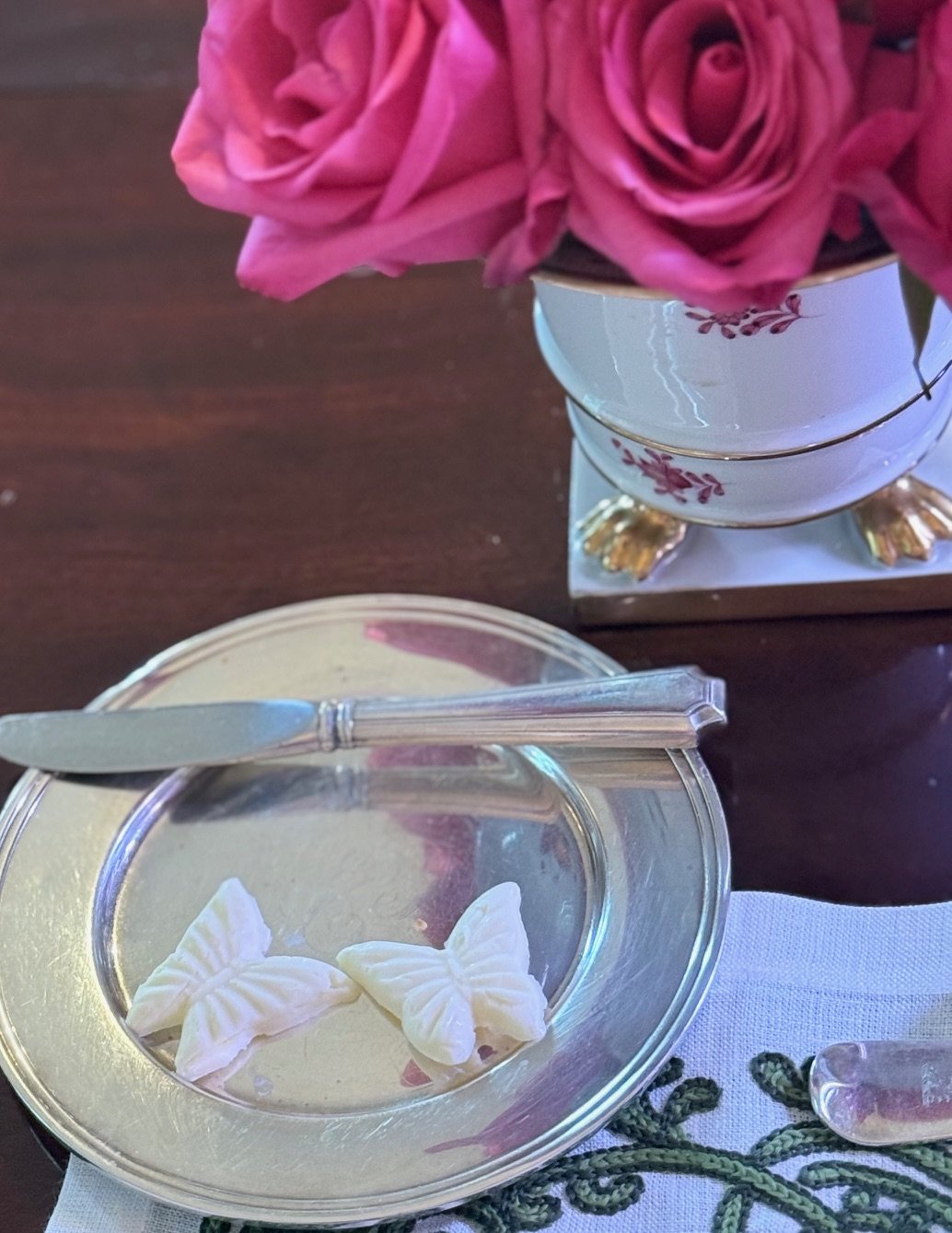One of a pair of Lucite wall brackets, which flank our mirror, almost disappear and allow the pattern and colors of the Chinoiserie-inspired wallpaper to be visible in our dining room at Fox Worth in Palm Beach, and enable the colors of the porcelain to complement the overall color scheme.
As a long-time advocate of gilded wall brackets for supporting porcelain pieces in classically designed interiors, I’d like to share an elegant alternative you may not have considered- Lucite wall brackets.
Made from clear, impact-resistant acrylic, Lucite brackets offer a beautifully discreet and modern way to display treasured objects. Their transparency creates a subtle “floating” effect, adding a quiet touch of modernity without disturbing the harmony of a traditionally styled room.
These clear brackets, where our colorful birds perch, enhance the glimmer of our Venetian mirror in our living room at Fox Worth.
I particularly admire their versatility. Lucite brackets blend effortlessly over patterned wallpapers and add a soft, shimmering accent against painted walls. They allow your porcelain pieces to take center stage while offering support that’s both unobtrusive and refined. Rather than drawing attention to themselves, Lucite brackets enhance the overall composition by letting the displayed object shine.
An alternative to Lucite would be a white wall bracket, such as the classic Sheraton Wall Bracket. When coordinating with white trim, Benjamin Moore’s White Dove is what I most often specify; a white bracket can echo architectural details while contributing to an overall sense of airiness. This choice provides subtle cohesion, allowing both the bracket and the piece it holds to feel integrated into the space.
I am always on the hunt for pairs of attractive wall brackets for myself and for clients. I found these at an antique shop in Palm Beach for our powder room at Fox Worth, and Mummy’s turquoise- glazed Foo Dogs jumped on!
Whether you prefer the modern clarity of Lucite or the timeless charm of painted wood, the right wall bracket can elevate your decorative objects and reinforce the elegance of your interior design.
XX,
Holly
